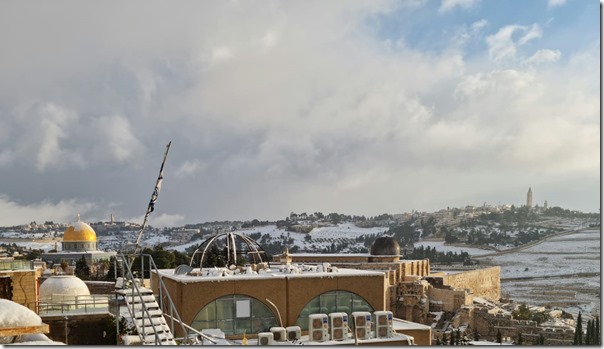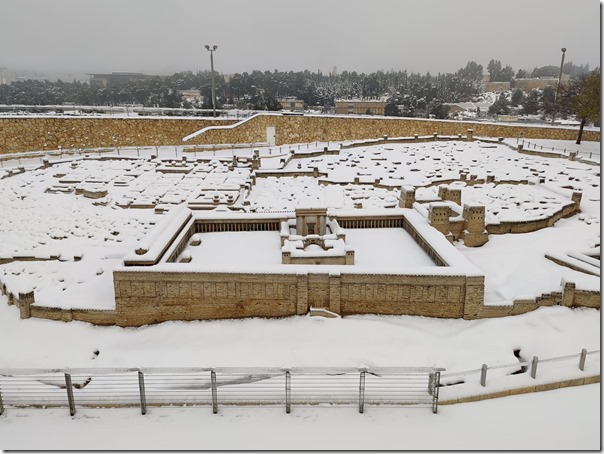“Archaeologists have discovered an ancient Egyptian shipwreck which proves the Greek Historian Herodotus was correct about the observations he made about Egyptian vessels nearly 25 centuries ago.”
“Evidence of ancient hybrid camels has been uncovered by archaeologists who were working to restore a temple in northern Iraq damaged by ISIS.”
Plans have been approved for a Museum of Underwater Antiquities in Piraeus, the ancient harbor of Athens.
“The attitude towards ancient theatres has changed” in Greece and work has been carried out on about 40 theaters in recent years.
The AP has some photos of the recent snowfall in Athens and Istanbul.
Magnesia’s “stadium of 30,000 seats is one of the most imposing and well-preserved ancient stadiums in Anatolia.”
“Ancient Egyptian wisdom and literary texts legitimize the domination of men over women, give advice regarding constraints on women, but also recommend avoiding women who are strangers or women who are adulterous.”
“The Lapis Niger is an ancient sanctuary and a remnant of the Comitium in Rome, that some Romans believed was the venerated sacred tomb of the city’s legendary founder, Romulus.”
David Moster has posted a new video in which he explains how a real “secret code” in the Bible identifies a biblical place.
Carl Rasmussen has a few open spots on his May tour of Turkey, Greece, and Patmos. The itinerary looks outstanding.
HT: Agade, Joseph Lauer, Arne Halbakken, Explorator

